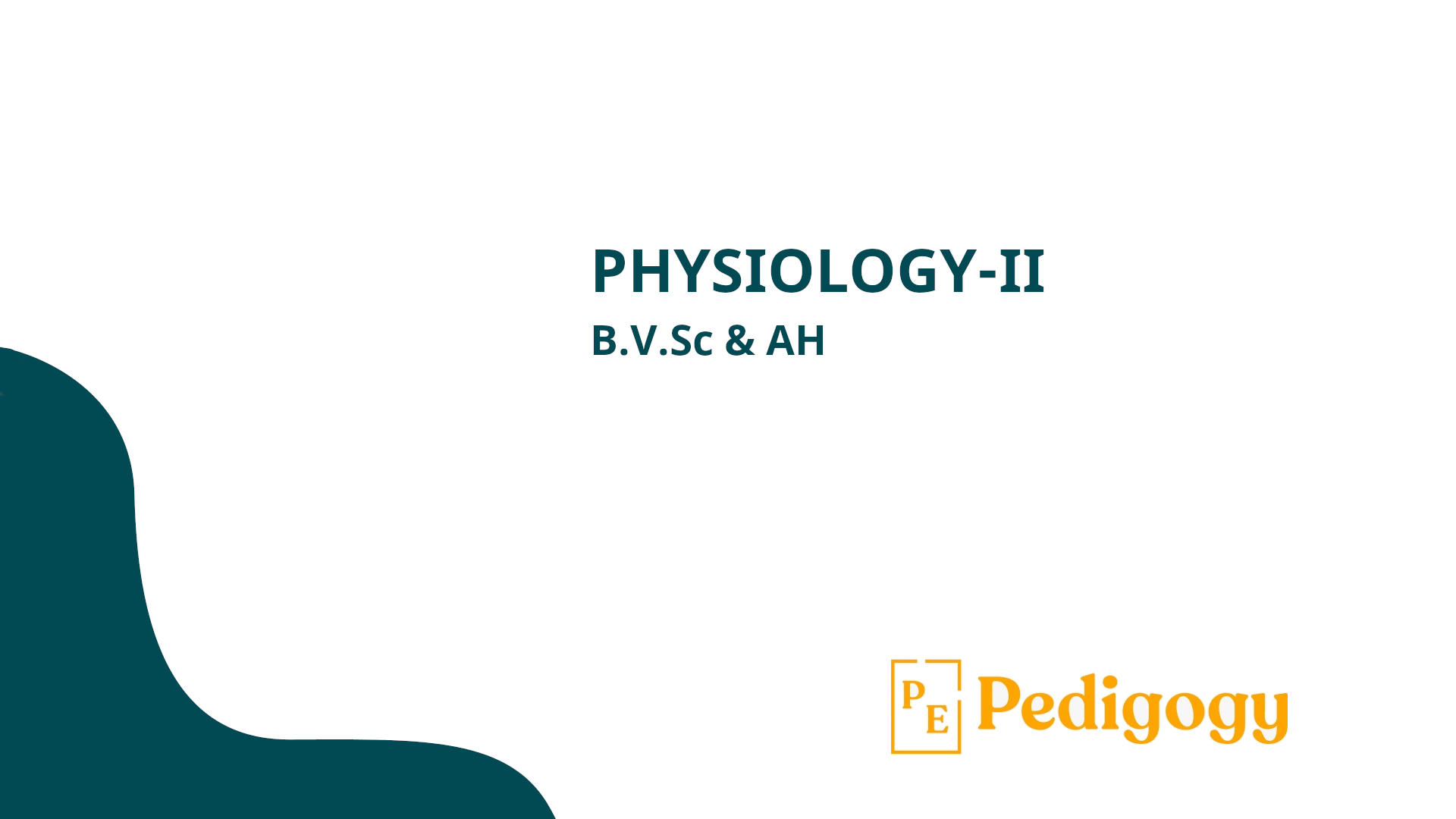Learn Physiology II (Digestive, Execratory and Nervous system) with Sonika

About Course
Physiology II explores the structure and function of the digestive, excretory, and nervous systems in animals and humans. This course provides a detailed understanding of how these systems maintain homeostasis, regulate body processes, and interact with other organ systems. Designed for students in veterinary, animal science, and health sciences, it builds essential knowledge for clinical practice, diagnostics, and advanced biological studies.
Course Content
Functional Anatomy of digestive tract: Monogastric and Ruminants
Prehension, Mastication, Deglutition Movement of stomach, small intestine and large intestine, Mastication and defecation.
Saliva (composition, secretion, function) Pancreatic/bile/intestinal juice- regulation, composition and function
Digestion in ruminant stomach, microbial activities in stomach and intestine
Absorption of food stuffs, Place of absorption, Mechanism of Absorption, Absorption of Carbohydrates, Protein, Fat and Waters.
Digestion in poultry
Kidney: Structure of Nephron, Histological peculiarities, blood supply of kidney
Methods of studying Renal function, mechanism of urine formation, micturition
Physical characteristics and composition of urine in health and diseases
Role of kidney in acid base balance and electrolyte balance
Excretion of urine in birds
Skin: function, sebaceous and sweat glands and their functions, thermoregulation, maintenance of body temperature
Nervous system; neurons, structure of nerve fibers, degeneration and regeneration of nerve fibers
Cutaneous receptor organs, Peripheral nerves, Spinal cord and reflex action
Brain stem and cerebellum, Cerebral hemisphere, Conditioned reflex, Wakefulness and sleep
Autonomic nervous system, general arrangement and chemical transmission
Eye and Ear
Student Ratings & Reviews

No Review Yet
